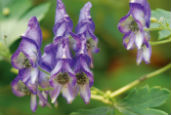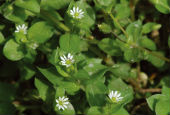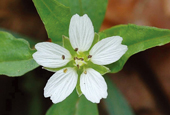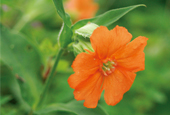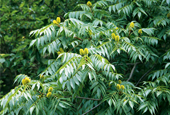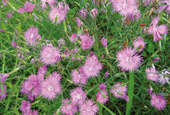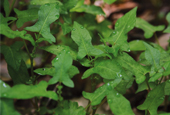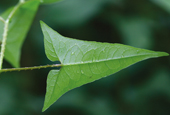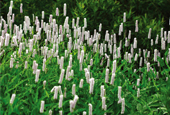View this article in another language
- 한국어
- English
- 日本語
- 中文
- العربية
- Español
- Français
- Deutsch
- Pусский
- Tiếng Việt
- Indonesian
Flora & Fauna of Korea #20
Korea.net publishes a series of articles, “Nature You Meet in the Mountains,” about the peninsula’s mushrooms, insects, trees and herbs & flowers.
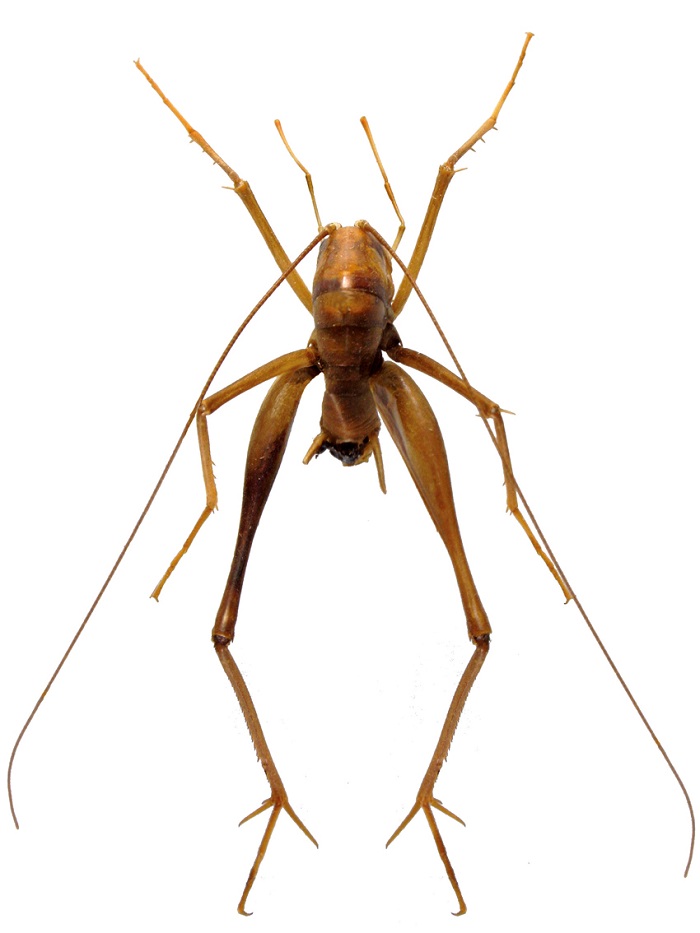
Insects
Name: 꼽등이, Ggopdeungi
Scientific name: Diestrammena apicalis Brunner
Distribution: Korea, Japan, Taiwan
The so-called camel cricket is normally as long as 40 to 50 millimeters. It is dark brown. It has unique black patterns that can distinguish itself from other similar species. The frontal thorax has some random patterns in a yellowish brown color. The middle part of the metathorax has a yellow-brown cross. The abdomen also has some patterns in the same color. The reddish brown ovipositor is of a similar size to the body and is positioned toward the top. The legs are yellowish brown. The edge of the "knuckles" in the fore- and mid-legs is dark brown. The bottom parts of the legs are yellow-white.
Ecology: It normally lives in darkness and can be seen all year round. Both nymphs and adults prey on rotten corpses.
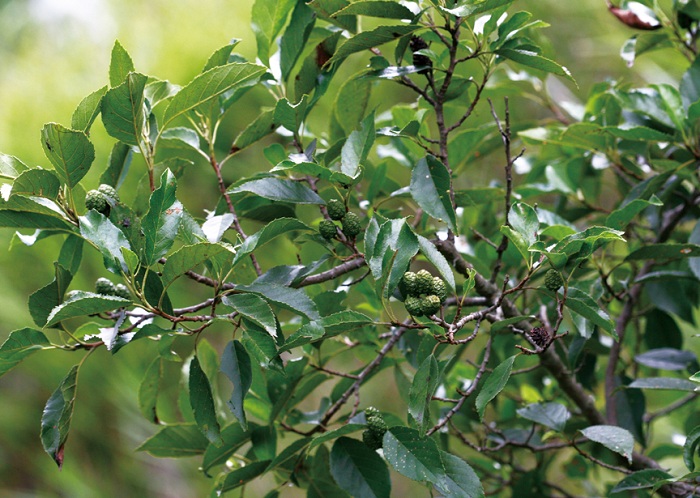
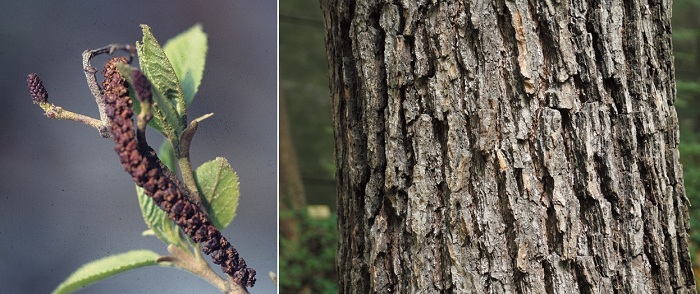 Trees
Trees
Name: 오리나무 Orinamu
Scientific name: Alnus japonica (Thunb.) Steud.
Type: deciduous broadleaf shrub
Blooming season: March to April
Bearing season: October
Distribution: mountains nationwide
This tree grows to a height of 20 meters and is 70 centimeters around. The leaves are alternating, shaped like long ovals, lanceolate and the tip is pointed with little a saw tooth edge. It gets narrower toward the end. The flowers are monoecious, giving bloom to an oval female flower. Each tree bears two to six oval-shaped fruits.
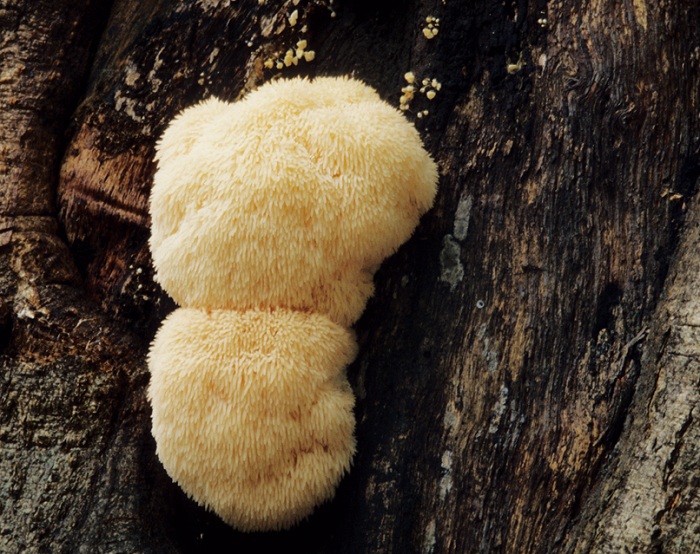
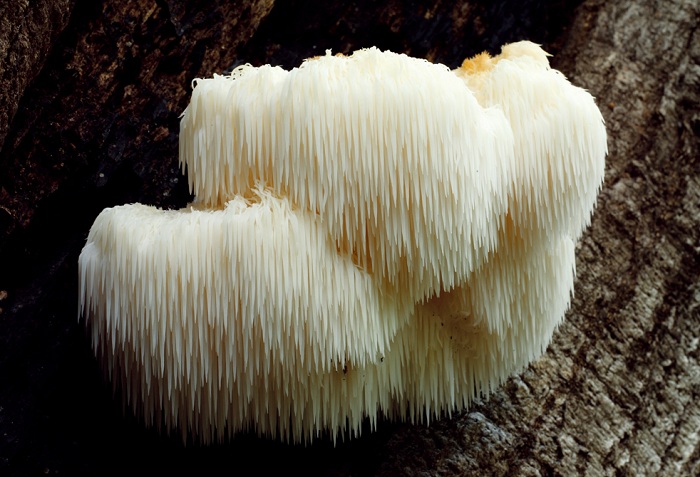 Mushrooms
Mushrooms
Name: 노루궁뎅이버섯 Noru gungdengi beoseot
Scientific name: Hericium erinaceus (Bull.) Pers.
Type: saprophile spore
Print: white
Edible
This mushroom can be seen in and around the trunks of living and dead broadleaved trees, such as oak trees. The mushroom's cap is around 5 to 25 centimeters in diameter. It sticks to the trunks of the trees. Short hairs are densely arranged on the surface. On the underside, however, it lets fall furs that stretch 1 to 5 centimeters. The mushroom turns white to light yellowish-brown with the passage of time. The tissue is white and soft.
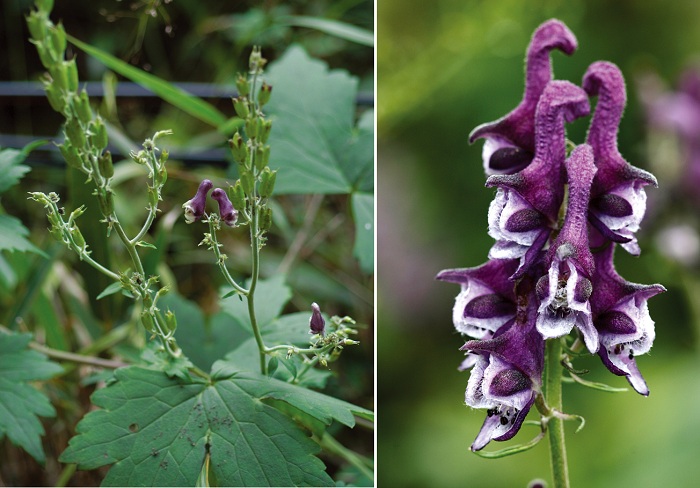
Herbs & Flowers
Name: 진범 Jinbeom
Scientific name: Aconitum pseudoleave Nakai
Blooming season: August to September
Distribution: mountains nationwide
This perennial grows in the mountains and reaches heights of 40 to 70 centimeters. The roots are thick and black-brown. The branches grow straight toward the sky. The leaves grown from the roots have long stipes, while those from the branches have short stipes. The short stipe branches spread outward with five to seven leafs, with some saw tooth edges found at the fork. The flowers are light violet or reddish purple. It is a raceme flower that has short floral stalks, which are normally 2 to 2.5 centimeters long and covered in fine hairs. It bears fruits that normally dehisce in threes.
*This series of article about Korea’s insects, trees, mushrooms and herbs & flowers has been made possible through the cooperation of the Korea National Arboretum.
Korea.net publishes a series of articles, “Nature You Meet in the Mountains,” about the peninsula’s mushrooms, insects, trees and herbs & flowers.

Insects
Name: 꼽등이, Ggopdeungi
Scientific name: Diestrammena apicalis Brunner
Distribution: Korea, Japan, Taiwan
The so-called camel cricket is normally as long as 40 to 50 millimeters. It is dark brown. It has unique black patterns that can distinguish itself from other similar species. The frontal thorax has some random patterns in a yellowish brown color. The middle part of the metathorax has a yellow-brown cross. The abdomen also has some patterns in the same color. The reddish brown ovipositor is of a similar size to the body and is positioned toward the top. The legs are yellowish brown. The edge of the "knuckles" in the fore- and mid-legs is dark brown. The bottom parts of the legs are yellow-white.
Ecology: It normally lives in darkness and can be seen all year round. Both nymphs and adults prey on rotten corpses.


Name: 오리나무 Orinamu
Scientific name: Alnus japonica (Thunb.) Steud.
Type: deciduous broadleaf shrub
Blooming season: March to April
Bearing season: October
Distribution: mountains nationwide
This tree grows to a height of 20 meters and is 70 centimeters around. The leaves are alternating, shaped like long ovals, lanceolate and the tip is pointed with little a saw tooth edge. It gets narrower toward the end. The flowers are monoecious, giving bloom to an oval female flower. Each tree bears two to six oval-shaped fruits.


Name: 노루궁뎅이버섯 Noru gungdengi beoseot
Scientific name: Hericium erinaceus (Bull.) Pers.
Type: saprophile spore
Print: white
Edible
This mushroom can be seen in and around the trunks of living and dead broadleaved trees, such as oak trees. The mushroom's cap is around 5 to 25 centimeters in diameter. It sticks to the trunks of the trees. Short hairs are densely arranged on the surface. On the underside, however, it lets fall furs that stretch 1 to 5 centimeters. The mushroom turns white to light yellowish-brown with the passage of time. The tissue is white and soft.

Herbs & Flowers
Name: 진범 Jinbeom
Scientific name: Aconitum pseudoleave Nakai
Blooming season: August to September
Distribution: mountains nationwide
This perennial grows in the mountains and reaches heights of 40 to 70 centimeters. The roots are thick and black-brown. The branches grow straight toward the sky. The leaves grown from the roots have long stipes, while those from the branches have short stipes. The short stipe branches spread outward with five to seven leafs, with some saw tooth edges found at the fork. The flowers are light violet or reddish purple. It is a raceme flower that has short floral stalks, which are normally 2 to 2.5 centimeters long and covered in fine hairs. It bears fruits that normally dehisce in threes.
*This series of article about Korea’s insects, trees, mushrooms and herbs & flowers has been made possible through the cooperation of the Korea National Arboretum.
